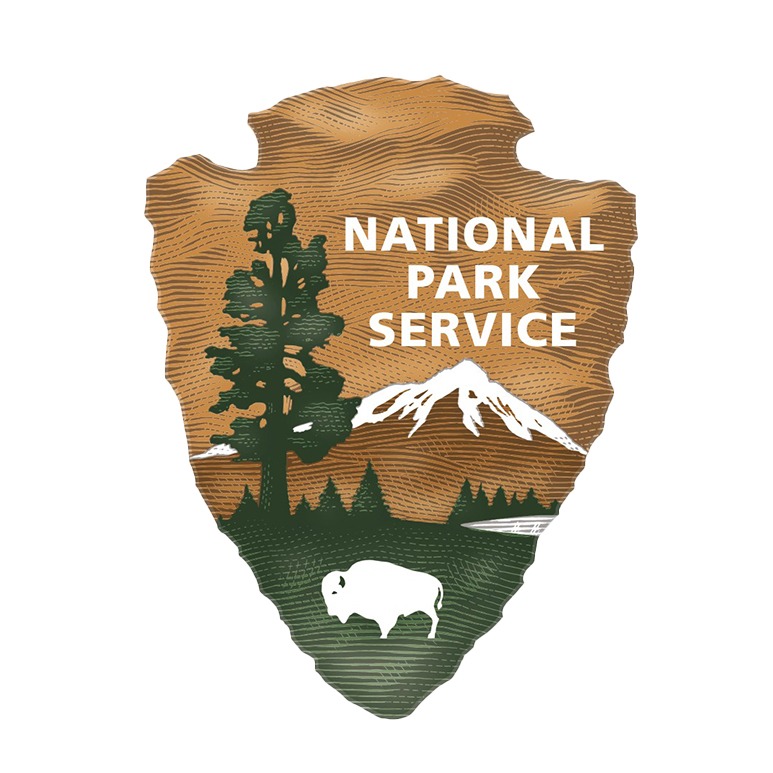Project overview: Research the intersection of the three major threats contributing to giant sequoia mortality in Yosemite’s Mariposa Grove and Sequoia National Park by monitoring sequoias’ physiological responses to drought, fire, and insect attacks.
*This project is being funded through Yosemite Conservancy’s Centennial Campaign.
How your support helps: Yosemite Conservancy donors have supported numerous monumental projects to protect the park’s giant sequoia trees — most notably the restoration of Mariposa Grove. Our donors’ generosity has also supported fuel reduction in the Merced Grove, sequoia regeneration studies, and sequoia demographic studies.
Unfortunately, the work to study and save giant sequoias is far from complete. In 2014, biologists observed that sequoias were losing foliage and dying in the Mariposa Grove and in Sequoia National Park. Since then, more than 40 trees have dropped their needles and died, and it’s not clear why. Park scientists know sequoias face compounding challenges from drought, beetles, and fire, but more research is needed to understand how these stressors interact to contribute to tree mortality.
This year: In 2024, scientists will research the stressors that are killing the trees, conduct annual health monitoring with community scientists, reduce fuels in sequoia groves, burn piles of fallen sequoia branches to reduce sequoia beetle habitat, use smoke and heat to kill insects, and collect sequoia cones to begin seed banking for potential reforestation.
Project partners: Yosemite National Park, Sequoia & Kings Canyon National Parks, and Ancient Forest Society

